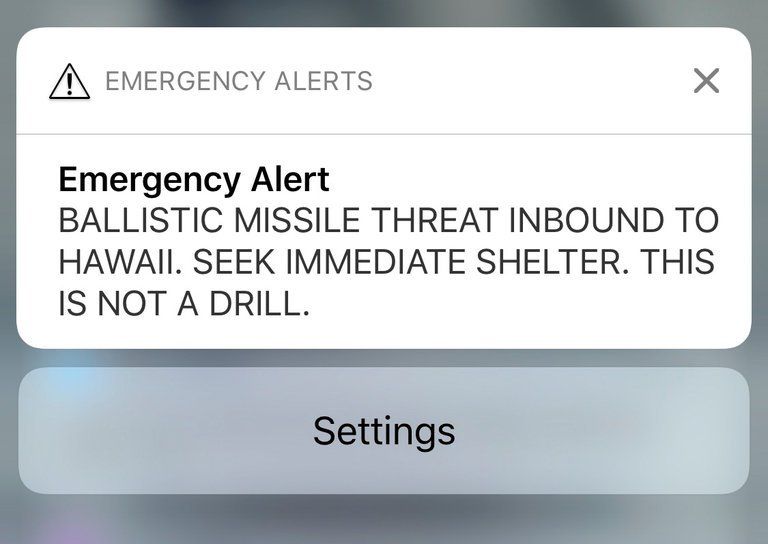The FCC has adopted a new set of rules for how emergency alerts are crafted in the U.S. The reason behind this change is to prevent another incident like what happened in Hawaii in 2018. At 8:07AM, residents of Hawaii were sent an emergency alert stating that there was a "ballistic missile threat inbound" and to "seek immediate shelter" because this message "IS NOT A DRILL". Hawaiians were understandably extremely frightened by the alert, which is why the FCC is revamping the process for sending out Wireless Emergency Alerts (WEA).
In the document (via The Verge), the FCC outlines the steps the agency is taking to improve WEA. First, the "Presidential Alerts" category will be combined with alerts from the FEMA Administrator to create a new non-optional class of alerts called "National Alerts". This will be active on all WEA-supported devices and cannot be switched off. The FCC is also encouraging all states to form state emergency communications committees which will "help administer alerting on the state level, or to review the composition and governance of existing committees, as well as require certification of annual committee meetings".
Next, states will now be provided with a checklist of information to be included in their own Emergency Alert Systems, and government agencies will now be able to report false alerts to a FCC operations center that runs 24/7. The document also clarifies how operators can repeat alert transmissions after they have been sent. Two tests of both the wireless alerts and the Emergency Alert System that send alerts to radios and televisions are scheduled for the 11th of August at 2:20 PM ET.
Featured image by Apple Inc. - New York Times, Public Domain.

